

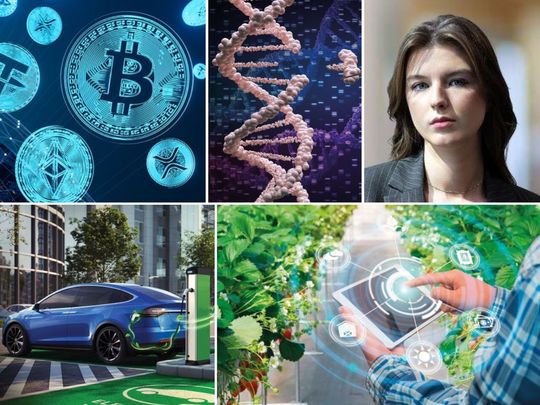
It’s an industry that is undoubtedly shaping our future like no other. As the world seeks cleaner alternatives, renewable energy sources, i.e. solar, wind power, hydrpopower are leading the way. Can you imagine a world powered entirely by the Sun or harnessing energy from the breeze? Well, it’s happening. They’re getting cheaper, too. But the value it’s creating is huge, with a global market estimated at $856 billion in 2021, according to Statista.
AI is no longer science fiction. It’s our reality. Think of dynamic maps used by delivery guys and pilots. From self-driving cars and virtual assistants to healthcare diagnostics and innovative algorithms, AI is making strides in every sector.
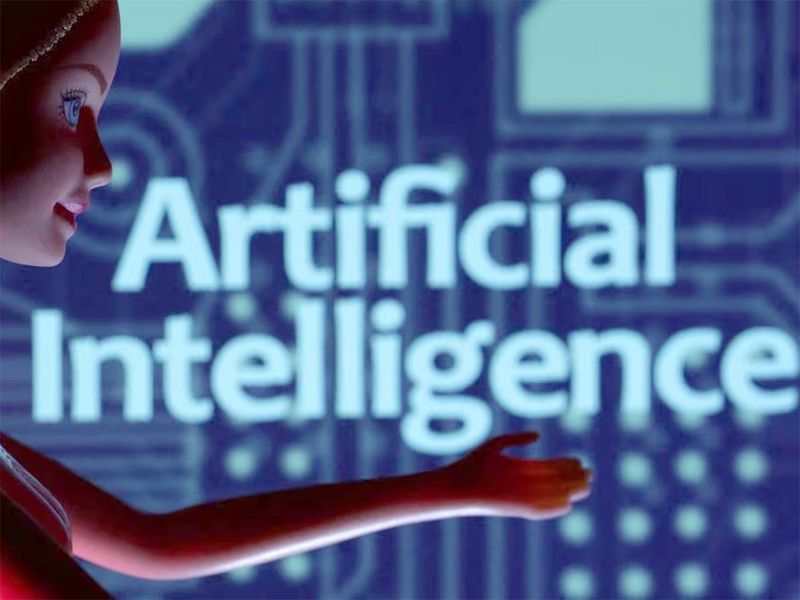
Image Credit: Reuters
The possibilities are mindboggling and this incredible technology is set to shape our future in ways we can only dream of.
Another mindblowing industry to watch out for is biotechnology. Imagine scientists manipulating our DNA to cure diseases, develop more sustainable agriculture and engineer cutting-edge materials.
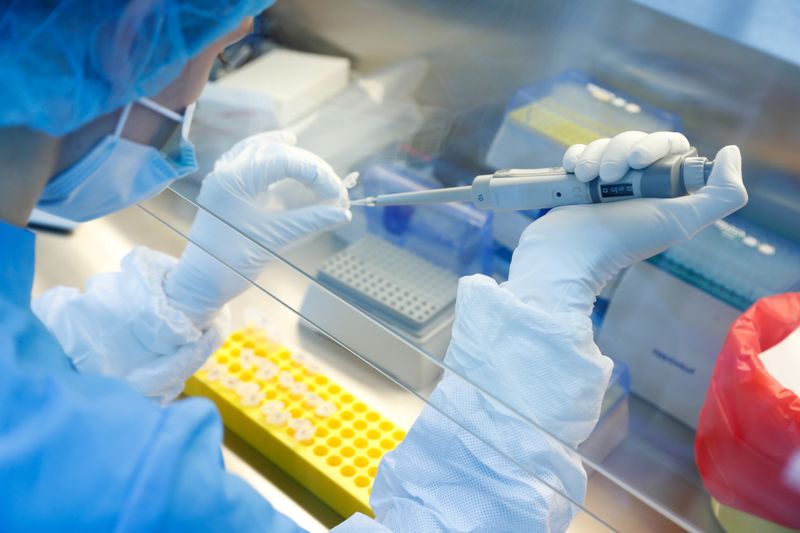
Biotech is a game changer — combining biology and technology to create a future where the impossible becomes possible.
Space exploration is blasting off like never before. Organisations, both government- and privately-owned, are revolutionising our access to outer space. Reusable rockets have become the new standard, remarkably bringing down down access to space.
We’re on the brink of commercial orbital flights, lunar tourism, Mars colonisation. The possibilities are endless. The future is intergalactic. And we get to be part of it.
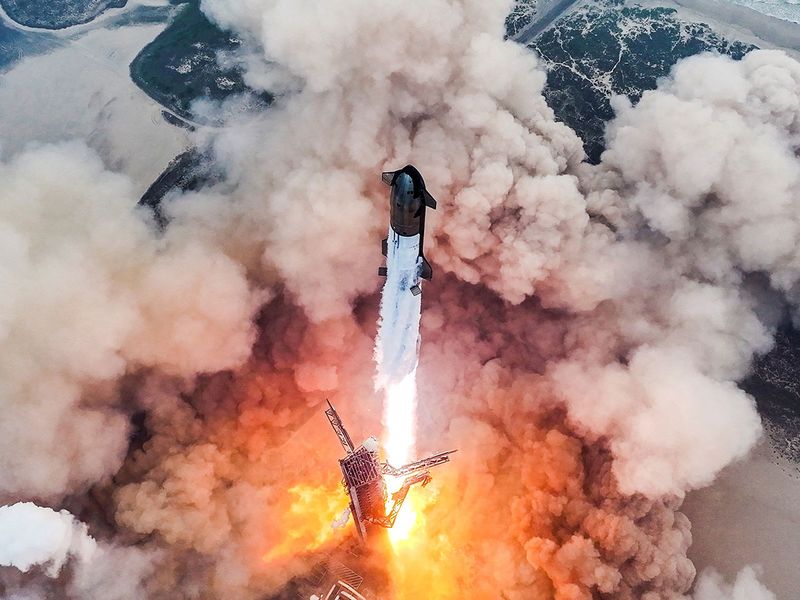

Get ready to step into a whole new reality with virtual and augmented-reality. Gaming and entertainment are just the tip of the iceberg. They’re transforming industries like healthcare, education and architecture. Imagine attending a concert from the comfort of your living room or exploring ancient ruins without leaving your house. VR/AR, used alongside AI-powered bots, is now used in many industries, including construction/design and aviation. It’s also revolutionising mental health care, through what is called “immersive therapy.”
Electric vehicles (EVs) with 500km to 600km range with fast charging are already out on the road today. The future of transport is more than electric; it’s also autonomous. This global shift toward cleaner, greener mobility with electric cars, will be eventually joined by e-planes, or “air taxis”, using VTOL technology.
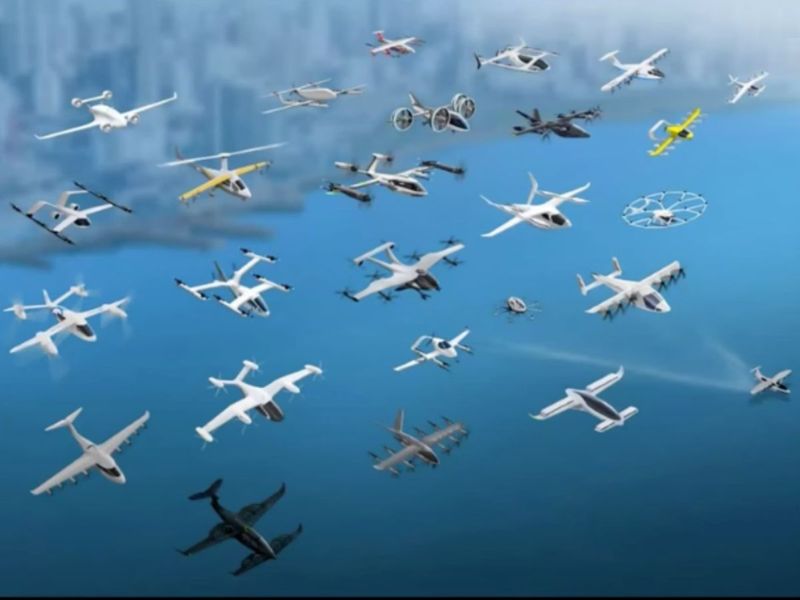
Self-driving (auto-pilot) technology, alongside electric vertical take-off and landing (eVTOL) air taxis, will continue to grow in use and acceptance, reducing carbon footprint per passenger kilometre travelled.
He Xiaopeng, CEO of Chinese EV maker Xpeng, posted his review of FSD on Linkedin (after experiencing Tesla’s full-self-drive software V12.3.6 in California and taking a ride in a Waymo). “I believe 2025 will be a pivotal ‘ChatGPT moment’ for the fully autonomous driving era, revolutionising how we interact with technology and fundamentally transforming the way we travel.”
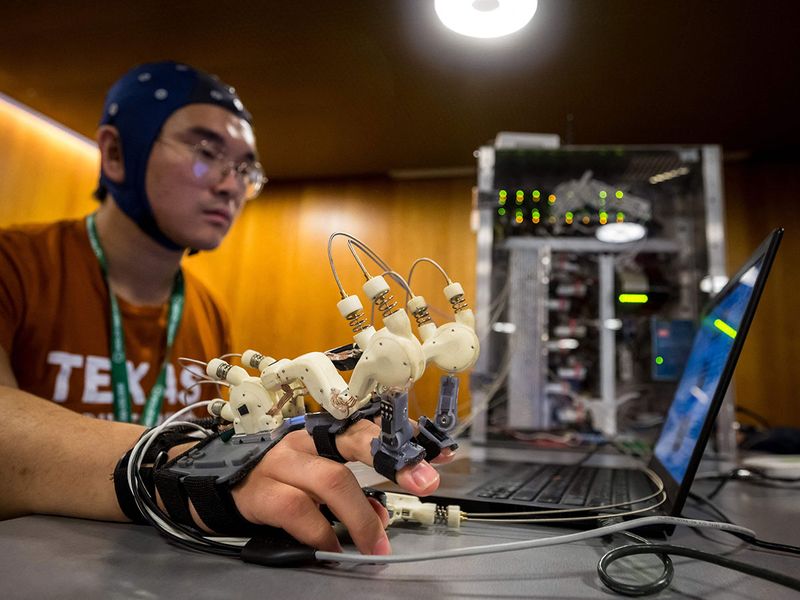
The robotics industry — including drones — is expected to growth significantlyy by 2025, fueled by automation, breakthroughs in AI, sensors, computing, which will enhance their capabilities. Continued investment in robotics research and development by companies and governments will fuel innovation and market expansion.
Ever heard of blockchain? It’s the technology behind cryptocurrencies like Bitcoin but its potential reaches far beyond. Blockchain offers transparency security and decentralised solutions across Industries like finance, supply chain management and even voting systems. This revolutionary technology is set to transform the way we conduct business.
Techniques like data-driven irrigation and the application of biotech in agriculrue can optimise resource use, boost yields while being more sustainable. Vertical and city farming are some of its recent applications. Hydroponics and precision agriculture are revolutionising the way we grow food. Say goodbye to traditional farming constraints and hello to efficient, eco-friendly practices ensuring food, security for generations to come.
We have the awe inspiring world of 3D printing. This industry is reshaping manufacturing, architecture and even healthcare. Imagine printing customised products at home, constructing complex buildings in record time or even creating prosthetics that perfectly fit individual needs. The future is printable.

The 3D printing industry is expected to experience significant growth by 2030. While some existing jobs might be impacted by automation, new opportunities will likely emerge in areas like design, operation, material development, and application specialisation.
These new economic drivers are constantly evolving, creating both challenges and opportunities. Given their rapid growth, fundamentally altering, our way of life today, they are bound to shape the future. And it’s been said: “The only way to predict the future is to build it.”